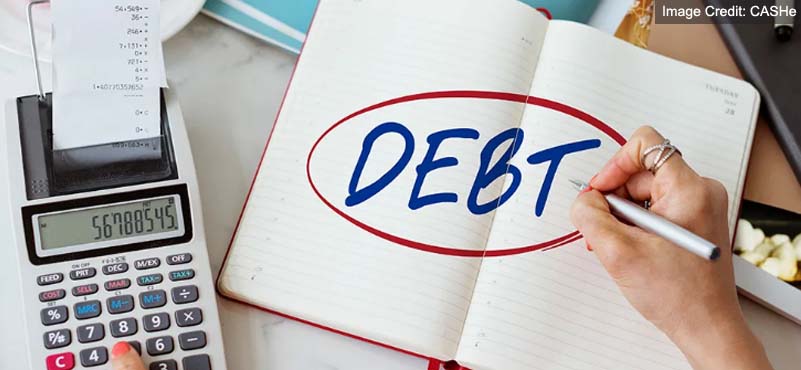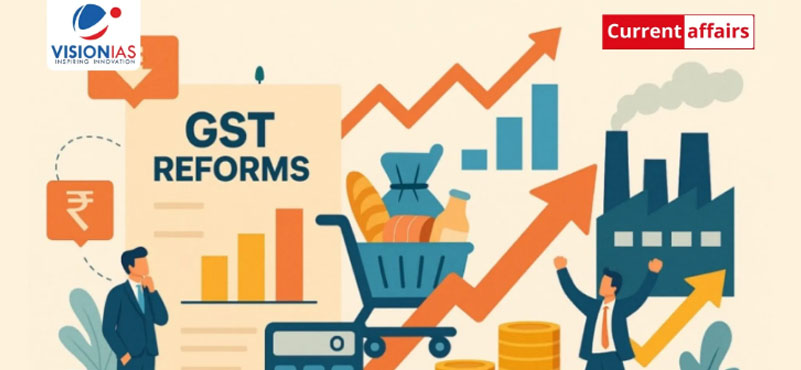Buy-Now-Pay-Later (BNPL) has rapidly evolved from a niche fintech product into a mainstream payment and credit mechanism in India. Its distinctive appeal is straightforward: consumers receive instant, small-ticket, and often “zero-interest” credit embedded seamlessly at checkout, while merchants benefit through higher conversions and larger basket sizes.
Estimates vary, but conservative assessments place India’s BNPL market size at USD 15.4 billion in 2024, with projections stretching to USD 30–78 billion by 2030, depending on the underlying methodology. This growth mirrors the broader expansion in e-commerce, UPI-enabled data trails that support underwriting, and the vast segment of consumers traditionally underserved by formal credit channels.
Major players, such as, LazyPay, Simpl, ZestMoney, Paytm Postpaid, Amazon Pay Later, along with bank–merchant partnerships, have aggressively penetrated the market. What started as an urban convenience has now diffused into younger, “thin-file,” and credit-new consumer segments. Yet the speed and scale of this expansion have outpaced the evolution of consumer safeguards and sustainable business models, exposing the ecosystem to emerging risks and causing a concern, if not consternation.

Macroeconomic Dynamics- Three Structural Fault Lines
1. Opaque Pricing and Product Framing
Despite being marketed as “zero-cost,” BNPL frequently embeds indirect interest through merchant discounting, convenience fees, or substantial late charges. For low-awareness users, these structures blur the line between short-term credit and disguised cost-bearing loans. The absence of standardized disclosures makes true cost comparison difficult and encourages behaviourally driven borrowing.
2. Fragmented, Overlapping Micro-Credit Across Providers
BNPL’s ease of access enables consumers to accumulate multiple small loans across different apps; none of which may be discernible to the other lenders or even to credit bureaus when unreported. Individually manageable, these obligations can exacerbate to a hidden debt burden, straining monthly cash flows and creating a risk of cascading defaults. This “debt invisibility” is one of BNPL’s most critical systemic challenges.
3. Deteriorating Portfolio Quality and Business Model Strain
Fintech- and NBFC-led small-ticket portfolios reveal rising delinquency metrics. What a remarkable alchemy it is that the defining features that drive adoption—frictionless onboarding, minimal documentation, and instant checkout approval—also weaken underwriting discipline. Saddled with high and mounting losses, several BNPL platforms are already pivoting toward longer-tenor EMIs, co-lending arrangements, or deeper partnerships with banks to stabilize their balance sheets.
Devastating Repayment Dynamics, Plunging Family Finances
As BNPL products surge in popularity, especially among 18–25-year-olds, disposable incomes are taking a direct hit, with nearly 80% of BNPL dues being deducted from monthly salaries. The strain is exacerbated by a structural mismatch: although over half of digital consumption follows predictable 30-day cash-flow cycles, only a tiny fraction of enterprise technology solutions actually verify payroll or income data. Instead, most apps rely on behavioural signals rather than the conventional banking metric of repayment capacity, creating significant risks for individuals and potential systemic vulnerabilities.

The urgency of this problem is underscored by India’s addition of ₹7.4 lakh crore in new household debt over the past year. Strikingly, 63% of this debt originated on platforms that failed to account for actual disposable income and encouraged borrowers to split repayments across multiple apps. This environment enables an ostrich-like denial of the simple truth that the same borrower must eventually meet all obligations and, therefore, reckless spending is a one-way ticket to economic ruin and meltdown.
The upshot is a repayment burden that can rapidly spiral out of hand, reinforcing the age-old wisdom of consistently living within one’s means—even if certain periods necessitate heavy repayments. The consequences of unchecked spending, fuelled by easy credit, can be harsh and deeply destabilising across levels- individuals, groups, regions and sectors.
Macroeconomic and Financial-Stability Concerns
The cumulative impact of these issues extends beyond individual borrowers:
Hidden household leverage erodes financial resilience. Seemingly stable consumption may actually be credit-funded, weakening the household’s ability to manage income shocks.
Distorted monetary policy transmission occurs when short-term credit masks demand elasticity. Consumers continue to spend via BNPL even as interest rates rise, reducing the effectiveness of monetary tightening.
Systemic underwriting risk builds up when thin-file consumers accumulate obligations across lenders who lack full visibility. This can trigger sudden credit tightening, disproportionately hurting vulnerable borrowers and amplifying economic shocks.
A Roadmap for Responsible BNPL Growth
Unlike the either or situation – the binary software language of 0 or 1- there is no black or white here and there is here, as indeed in most spheres of life and economic activity, shades of grey in the decision-making matrix and the operational frame of reference. In view thereof, a coordinated strategy is needed to prevent BNPL from morphing into a broader household debt crisis.
Regulatory Clarity and Active Supervision: The RBI’s emerging framework must hard-code minimum standards: robust KYC, transparent pricing and cost disclosures, clear audit trails, and defined liability-sharing between merchants, platforms, and lending partners.
Mandatory Credit Bureau Reporting” Reporting BNPL exposures, irrespective of ticket size, is central to reducing hidden leverage. This would allow lenders to formulate more accurate affordability and cash-flow assessments while discouraging unmonitored multi-app borrowing.
Product Redesign and Risk-Aligned Business Models: Platforms must shift from pure marketing-led instant credit to models where risk is correctly priced and shared. This could include merchant-funded cushions or subsidies; lender-led underwriting with targeted tenors; better segmentation of borrowers; and limits on revolving short-term credit cycles.
Consumer Literacy and Behavioural Guardrails: Digital nudges by way of real-time reminders, pre-purchase affordability prompts, and transparent repayment dashboards can significantly reduce impulsive over-borrowing. Complementary financial literacy initiatives will help users understand the true cost and consequences of missed payments- consequences, which devastate the common borrowers.
Supervisory Stress Testing of Household Cash Flows: Regulators and lenders should simulate income shocks and repayment stresses across small-ticket portfolios to anticipate correlated defaults, especially in thin-file and gig-economy borrower segments.
Where Do We Go from Here?
BNPL has the potential to democratize access to credit and fuel digital commerce. But without disciplined underwriting, transparent pricing, and strong regulatory oversight, it risks inflating a shadow household debt bubble. The next phase of BNPL’s growth must be firmly anchored in responsible product design, richer data sharing, and consumer-centric protections. Policymakers, platforms, lenders, consumer advocates and even those at the helm of affairs must work in unison as partners in development to transform BNPL from a short-term growth lever into a sustainable component of India’s financial architecture. To be sure, this is a complex and multi-layered issue. But with political will, undivided attention and forceful direction, the issue is not insurmountable. Hence, coordinated and concerted attempts with a sense of urgency are needed to transform the emerging ground realities because of its profound implication for economic growth, structural transformation and distributive equity.
ABOUT THE AUTHOR
 Dr. Manoranjan Sharma is Chief Economist, Infomerics, India. With a brilliant academic record, he has over 250 publications and six books. His views have been cited in the Associated Press, New York; Dow Jones, New York; International Herald Tribune, New York; Wall Street Journal, New York.
Dr. Manoranjan Sharma is Chief Economist, Infomerics, India. With a brilliant academic record, he has over 250 publications and six books. His views have been cited in the Associated Press, New York; Dow Jones, New York; International Herald Tribune, New York; Wall Street Journal, New York.








